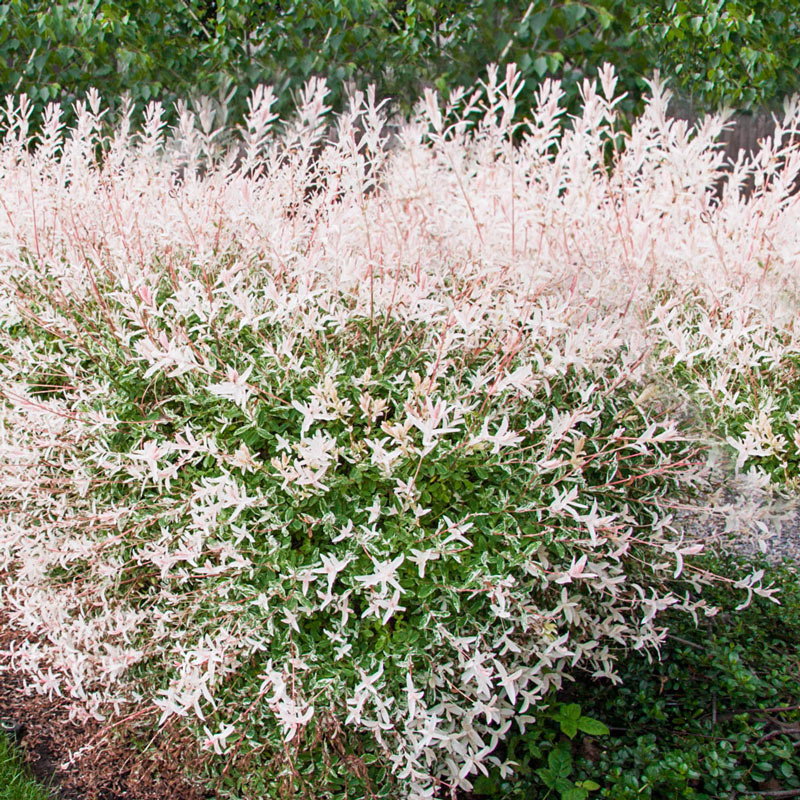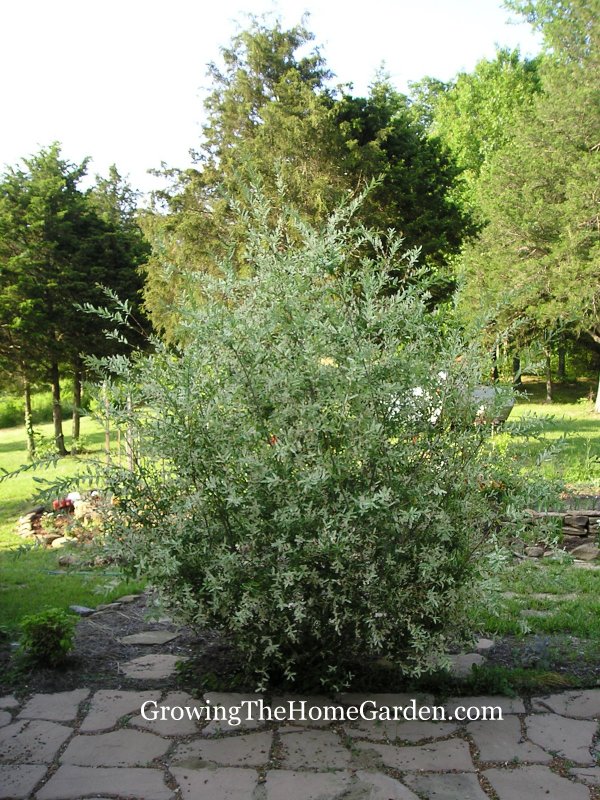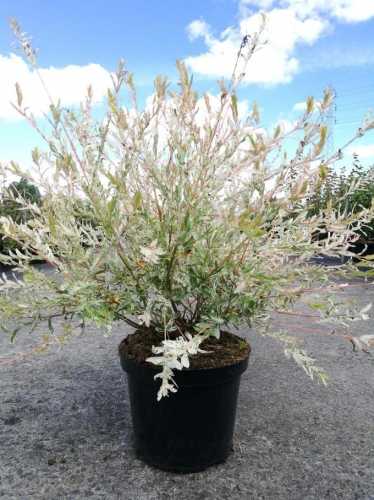How To Propagate Japanese Willow Bushes In Days
Japanese willow bushes are beautiful, graceful plants that can add a touch of elegance to any garden. They are also relatively easy to propagate, meaning you can easily grow more of them from cuttings.
In this blog post, I will show you how to propagate Japanese willow bushes in days. I will also provide some tips on how to ensure a successful propagation.
What You Will Need
- Japanese willow bush cuttings
- Potting soil
- Pot
- Watering can
- Rooting hormone (optional)
Steps
- Choose the right cuttings. The best cuttings for propagation are softwood cuttings that are about 6 inches long. The cuttings should have at least two or three nodes, which are the points where leaves or branches emerge from the stem.
- Remove the leaves from the bottom two-thirds of the cuttings. This will help the cuttings to focus their energy on rooting.
- Dip the cuttings in rooting hormone (optional). Rooting hormone can help to promote root growth.
- Plant the cuttings in potting soil. Fill the pot with potting soil and make a hole in the soil that is slightly wider than the cutting. Insert the cutting into the hole and press the soil firmly around it.
- Water the cuttings well. Water the cuttings thoroughly until the soil is moist.
- Place the pot in a warm, shady location. Japanese willow bushes prefer warm temperatures, so place the pot in a location that receives indirect sunlight.
- Keep the soil moist. The soil should be kept moist but not soggy. Water the cuttings regularly, especially during the first few weeks.
- Be patient! It can take several weeks for the cuttings to root. Once the cuttings have rooted, you can transplant them to a larger pot or into the ground.
Tips for Success
- Use fresh cuttings. The fresher the cuttings, the better their chances of rooting.
- Use a sharp knife. A sharp knife will make a clean cut that will help the cuttings to root more easily.
- Plant the cuttings in the right soil. Japanese willow bushes prefer well-draining soil.
- Water the cuttings regularly. The soil should be kept moist but not soggy.
- Place the cuttings in a warm, shady location. Japanese willow bushes prefer warm temperatures and indirect sunlight.
- Be patient! It can take several weeks for the cuttings to root.
Conclusion
Propagating Japanese willow bushes is a relatively easy process that can be done in days. By following the tips in this blog post, you can increase your chances of success.
So what are you waiting for? Get started today and enjoy the beauty of Japanese willow bushes in your own garden!
The Japanese willow bush is a beautiful and versatile plant that can add a touch of elegance to any garden. It is hardy in USDA zones 4-8 and can grow in full sun to partial shade. The leaves are variegated pink, white, and green, which makes them a real standout in the landscape. The Japanese willow bush is also relatively easy to care for, making it a great choice for even novice gardeners.
If you are interested in learning more about the Japanese willow bush, please visit Home Gardening. This website has a wealth of information about the plant, including its care requirements, growing tips, and more. You can also find photos of the plant in different stages of growth, which can help you decide if it is the right plant for your garden.
FAQ of japanese willow bush
- How much water does a Japanese willow need?
A Japanese willow needs moist soil, but it does not like wet feet. Water it twice weekly until it is mature, then once weekly.
- What type of soil does a Japanese willow need?
A Japanese willow prefers slightly acidic, well-draining soil. Avoid planting it in clay soil, as this can lead to root rot.
- Is Japanese willow toxic?
No, Japanese willow is not toxic to humans or animals.
- What is the ideal humidity level for a Japanese willow?
Japanese willow prefers a humid environment. If you live in a dry climate, you may need to mist the leaves regularly.
- How fast does a Japanese willow grow?
Japanese willow can grow quite quickly, up to 3 feet per year. If you are planting it in a small space, be sure to choose a dwarf variety.
- How do I prune a Japanese willow?
Japanese willow can be pruned in the spring or fall. To encourage new growth, prune back the branches by one-third. You can also remove any dead or diseased branches.
- How can I propagate a Japanese willow?
You can propagate a Japanese willow by rooting cuttings. Take cuttings in the spring or summer from healthy, new growth. Plant the cuttings in moist soil and keep them in a warm, shady spot.
- What are some common pests and diseases of Japanese willow?
Japanese willow is susceptible to a number of pests and diseases, including aphids, spider mites, and willow leaf beetle. It can also be affected by root rot and powdery mildew. If you see any signs of pests or diseases, treat them immediately.
Image of japanese willow bush
10 different images of Japanese willow bush that are free to use:
- A close-up of a Japanese willow bush in full bloom. The flowers are a delicate pink color and hang in clusters from the branches.

- A Japanese willow bush in the fall. The leaves have turned a beautiful golden yellow color.

- A Japanese willow bush in winter. The leaves have fallen off, but the branches are still a vibrant green.

- A Japanese willow bush growing in a pond. The roots of the bush are submerged in the water.

- A Japanese willow bush in a bonsai pot. The bush is carefully trimmed and shaped.

- A Japanese willow bush in a hanging basket. The bush's long, cascading branches hang over the sides of the basket.

- A Japanese willow bush used as a privacy screen. The bush's dense foliage provides a good amount of privacy.

- A Japanese willow bush planted as a windbreak. The bush's flexible branches help to deflect wind.

- A Japanese willow bush used as an accent plant in a garden. The bush's bright green leaves add a pop of color to the garden.

- A Japanese willow bush planted along a stream. The bush's long, trailing branches reflect in the water.

Post a Comment for "How To Propagate Japanese Willow Bushes In Days"